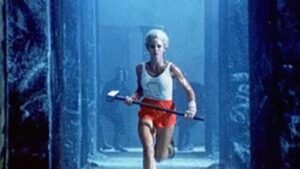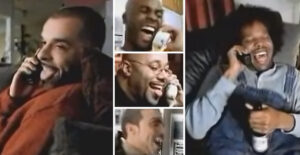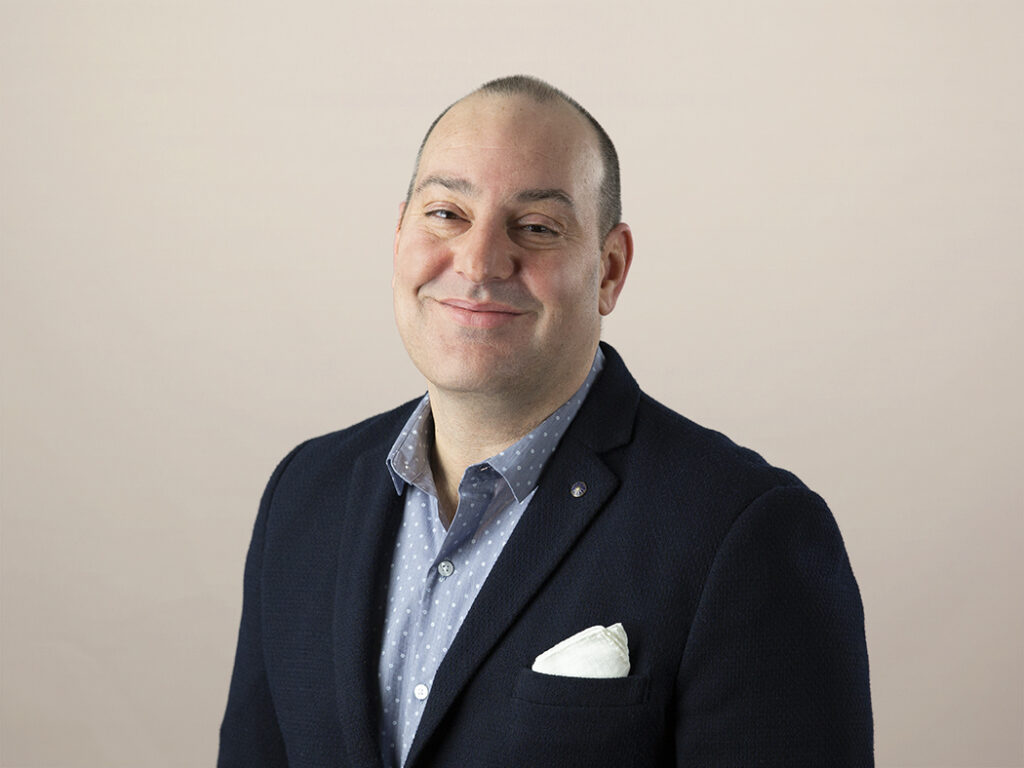Have We Run Out Of Super Bowl Ideas?
Super Bowl LVI Was Heavy On Celebrities But Light On Ideas
The Rams and Bengals delivered high drama and excitement on the field, yet Super Bowl advertisers underwhelmed over the airwaves. Of all the Super Bowl advertising trends — from crypto to streaming services, from nostalgia to electric vehicles (EVs) — the one that stood out the most was the deluge of celebrity talent and the heavy reliance upon the “borrowed interest” of celebrity notoriety, persona, and likability. Have we run out of ideas?
Sixty-One Celebrities Appeared In Sunday Night’s Ads
- Halle Berry
- Mary J. Blige
- Zach Braff
- Nicholas Braun
- Ty Burrell
- Steve Buscemi
- Jimmy Butler
- Jim Carrey
- Doja Cat
- Jennifer Coolidge
- Miley Cyrus
- Larry David
- Pete Davidson
- Idris Elba
- Donald Faison
- Guy Fieri
- Morgan Freeman
- Seth Green
- Danai Gurira
- Kevin Hart
- Salma Hayek
- Scarlett Johansson
- Colin Jost
- Anna Kendrick
- DJ Khaled
- Brooks Koepka
- Brie Larson
- Eugene Levy
- Lizzo
- Lindsay Lohan
- Rob Lowe
- Archie Manning
- Cooper Manning
- Eli Manning
- Payton Manning
- Jerod Mayo
- Matthew McConaughey
- Ewan McGregor
- Alex Morgan
- Mike Myers
- Willie Nelson
- Trevor Noah
- Nneka Ogwumike
- Gwyneth Paltrow
- Dolly Parton
- Charlie Puth
- Andy Richter
- Seth Rogan
- Paul Rudd
- Arnold Schwartzenegger
- William Shatner
- Jamie-Lynn Sigler
- J.B. Smoove
- Megan Thee Stallion
- Mindy Sterling
- Jason Sudeikis
- Danny Trejo
- Geraldine Viswanathan
- Hannah Waddingham
- Serena Williams
- Zendaya
While there was an abundance of A-list talent, there was an absence of A-list ideas. Most relied on celebrity performance “as the idea” to deliver marketing messages. Scarlett Johansson and Colin Jost starred in Amazon’s latest “what if” commercial for Alexa, reminiscent of 2020’s ad starring Ellen DeGeneres and Portia de Rossi for the same. Arnold Schwartzenegger’s Zeus harkened back to his comedic performances in Kindergarten Cop and Twins for BMW’s electric vehicle. Zach Braff and Donald Faison reprised their Scrubs bromance and penchant for musical numbers for T-Mobile. Ty Burrell played Modern Family’s Phil Dunphy for financial technology company Greenlight. Guy Fieri was Guy Fieri for Bud Light. And GM restaged Austin Powers, complete with Mike Myers, Robe Lowe, Mindy Sterling, and Seth Green as Dr. Evil and his henchmen/woman for its EV lineup.
Advertising Is Supposed To Differentiate
As creative professionals and marketers, our jobs are to steer brands clear of a sea of sameness and borrowed interest to impact culture and promote commerce. Part of a brand’s strength is its ability to occupy a unique and indelible place in the hearts and minds of customers and offer solutions and benefits that other brands cannot. Yet, when brand advertising borrows the personality and identity of celebrities, it, at best, mimics culture rather than shapes it.
In contrast, consider four iconic Super Bowl commercials that do not lean on celebrities; rather, they take facets of popular cultural icons and shape narratives that emphasize product and brand attributes.
Apple’s “1984”

“On January 24th, Apple Computer will introduce Macintosh. And you’ll see why 1984 won’t be like ‘1984.’” That was the famous voice-over from Apple Inc.’s Orwellian tale of good versus evil that debuted January 22, 1984, during Super Bowl XVIII. Advertising agency Chiat/Day created the commercial, in part, through the understanding that Super Bowl viewing had become a “team sport” in which large groups gathered together to watch. The 1984 commercial not only launched the Apple Macintosh computer. It also firmly established the Super Bowl as the advertising industry’s premier showcase.
Always’ “#LikeAGirl”

Feminine care brand Always brought together a collection of budding actors, actresses, and ordinary people to audition for a part. They were instructed to run like a girl, fight like a girl, etc. Adult males and females gave stereotypical portrayals, while young girls showed strength, confidence, and possibility. Always showed the harmful nature of stereotypes and the amazing potential of every little girl when unshackled from them.
Budweiser’s “Wassup”

Anheuser-Busch created Wassup (officially called True), depicting a group of friends calling one another to check in while watching sports and enjoying a Budweiser. With each phone call, friends greet one another with an affectionate and enthusiastic, “Wassup?!” It captures camaraderie, a shared passion for sports, and a culture of young black male adults.
Volkswagen’s “The Force”

A child plays about the house and yard dressed as Darth Vader while wielding a lightsaber and a world of imaginative play. Just as the frustration of not being able to “use the force” to move real-life objects begins to show, little Darth starts the engine of a Volkswagen Passat with the wave of a hand. While it surprises Darth that the force is strong with this one, it makes dad laugh standing at the kitchen window with remote start key fob in hand.
Super Bowl LVI made a comeback in terms of audience and game play. Now it’s time for advertising to do the same.
